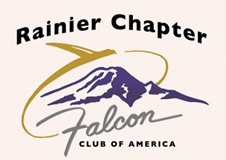Never put anything like teflon tape or pipe dope on flared fittings. The seal is made when the nut presses down on the flare. If you look at the female half of the fitting you'll see where the flare seats and makes contact when the nut pushes down on it.
The threads on the nut don't need to be sealed because if fluid is getting past the flare seal, you need to snug it a little tighter or make sure the double flare looks like it's correct.





 Reply With Quote
Reply With Quote




 This is a good set -up.
This is a good set -up.




Bookmarks